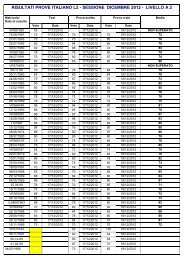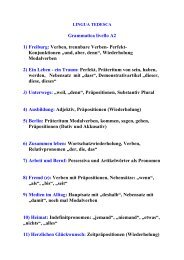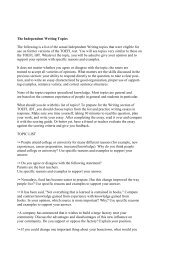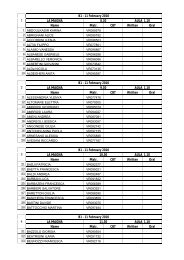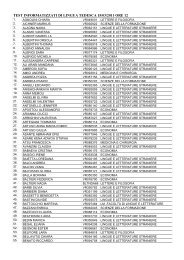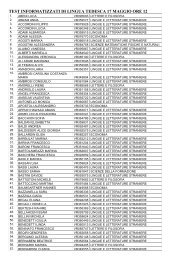Charles Dalli
Charles Dalli
Charles Dalli
You also want an ePaper? Increase the reach of your titles
YUMPU automatically turns print PDFs into web optimized ePapers that Google loves.
separate Jewish community resided at the Gozo castle. In all, the Jewish<br />
communities may have totalled c.600 individuals. They were subjected<br />
respectively to the jurisdictional control of the chief royal officials in the<br />
islands, namely the Captains of Malta and Gozo and, in the case of the<br />
Jews at Birgu, the castellan. Needless to say, Jews had their own separate<br />
institutions, and conducted their own affairs, paying their taxes separately<br />
and dispatching envoys to the Crown on behalf of their communities.<br />
Considering the relatively large proportion of Jews to the total population<br />
of Mdina, the documented cases of religious tension or strife are<br />
remarkably few. The Jews of the islands included wealthy owners of real<br />
estate, as well as humble craftsmen, learned elders as well as numerous<br />
petty traders who were repeatedly forbidden from peddling their wares<br />
from village to village thus bypassing the control of the market supervisors<br />
at Mdina.<br />
«Bulwark of Christendom»<br />
The urban development to take place in Malta after 1530, including the<br />
building of a new capital city, was intrinsically related to the archipelago’s<br />
defence needs, and constituted a main element in the strategy adopted to<br />
deflect the Ottoman threat. The Hospitaller base earned the epithet of a<br />
regional propugnaculum Europae, immortalized in Megiser’s work 15. The<br />
Order’s bellicose vocation and Malta’s role on the foreground of the<br />
Habsburg-Ottoman conflict in the Mediterranean, especially in the period<br />
1551-1571, found their natural expression in the complex process of<br />
fortification building, which went on until the very last decade of<br />
Hospitaller government in the islands. Nevertheless, the strategies devised<br />
to respond to Malta’s defensive needs were also intertwined with the<br />
archipelago’s social and economic development 16. The waves of fortressand<br />
town-building were also linked to Malta’s changing social and<br />
economic texture, and represented substantial infrastuctural investment<br />
whilst drawing on local and foreign manpower 17. The defensive «stone<br />
curtain» encircling the harbour area was considered to be practically<br />
impregnable by late eighteenth century standards, and reflected the Order’s<br />
15. T. Freller & A. Friggieri, Malta The Bulwark of Europe: Hieronymus Megiser’s<br />
Propugnaculum Europae. The first comprehensive German description of sixteenth century<br />
Malta, Malta 1998.<br />
16. A. Hoppen Alison, The Fortification of Malta by the Order of St John, 1530-1798,<br />
Edinburgh 1979.<br />
17. Q. Hughes, The Building of Malta during the period of the Knights of St John of Jerusalem,<br />
1530-1795, Revised Edition, London 1967.<br />
81



